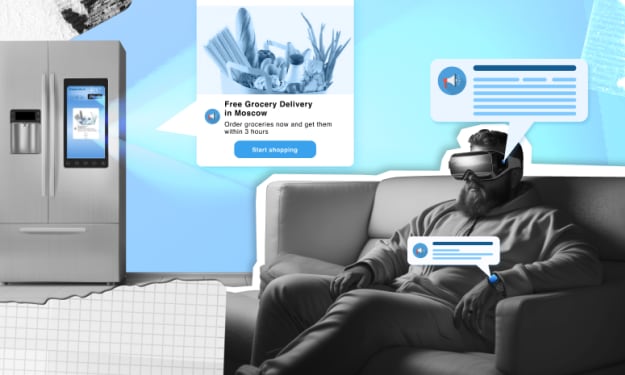
In today's rapidly evolving business landscape, building a diverse and inclusive workforce is no longer just a buzzword—it's a strategic imperative for organizations seeking long-term success. In this blog post, we will explore the importance of fostering diversity and inclusion within your enterprise, and provide actionable strategies to create an inclusive culture that drives innovation, attracts top talent, and cultivates a thriving workforce.
Why Diversity and Inclusion Matter
Diversity and inclusion are not just moral imperatives; they are also smart business decisions. Research consistently shows that diverse teams outperform homogeneous ones in terms of creativity, problem-solving, and decision-making. By embracing diversity, enterprises gain access to a wide range of perspectives, experiences, and ideas that fuel innovation and drive competitive advantage.
Creating a Culture of Inclusion
Building a culture of inclusion starts from the top. Leaders must set the tone by championing diversity and modeling inclusive behaviors. It is essential to foster an environment where everyone feels valued, respected, and empowered to contribute their unique perspectives. Regular training and education on unconscious bias, inclusive communication, and cultural competence can help create a more inclusive workplace.
Attracting and Retaining Diverse Talent
To build a diverse workforce, it is crucial to proactively attract and retain talent from diverse backgrounds. This can be achieved by implementing inclusive hiring practices, such as diverse candidate sourcing, unbiased selection processes, and structured interviews. Moreover, organizations should create an inclusive onboarding experience, providing support and mentorship programs to ensure new hires feel welcomed and supported.
Promoting Equal Opportunities for Career Advancement
Promoting equal opportunities for career advancement is essential for creating an inclusive workplace. It requires organizations to provide mentorship, sponsorship, and professional development programs that support the growth and progression of employees from underrepresented groups. By removing barriers and fostering a culture of meritocracy, enterprises can empower all employees to reach their full potential.
Building Strategic Partnerships
Collaborating with external organizations and communities that focus on diversity and inclusion can significantly enhance an enterprise's efforts. By forming strategic partnerships, participating in industry networks, and supporting initiatives aimed at creating equal opportunities, enterprises can demonstrate their commitment to diversity and inclusion both internally and externally. These partnerships can provide access to diverse talent pools, facilitate knowledge sharing, and foster a sense of collective responsibility towards creating a more inclusive society.
Measuring and Tracking Progress
To ensure ongoing progress, it is essential to measure and track diversity and inclusion efforts. This includes setting meaningful diversity goals, conducting regular diversity audits, and collecting data on key diversity metrics such as representation at various levels of the organization, pay equity, and employee satisfaction. By analyzing this data, enterprises can identify areas for improvement and make data-driven decisions to drive positive change. Transparent reporting and accountability demonstrate an enterprise's commitment to continuous improvement and provide a benchmark for future goals.
Celebrating Diversity and Sharing Success Stories
Finally, enterprises should celebrate and highlight the achievements and contributions of diverse employees. Sharing success stories and promoting diverse role models not only fosters a sense of belonging but also showcases the tangible benefits of diversity and inclusion. This can be done through internal communication channels, external media, and participation in industry recognition programs. By amplifying diverse voices and experiences, enterprises can inspire others and create a culture that values and embraces the unique contributions of each individual.
Conclusion
Creating a diverse and inclusive workforce is an ongoing journey that requires continuous commitment and effort. By implementing the strategies outlined in this blog post, enterprises can build a culture that values diversity, fosters inclusion, and positions themselves as leaders in their industry.
Remember, diversity and inclusion are not just checkboxes to be ticked—they are catalysts for growth, innovation, and long-term success.
Embracing diversity in all its forms creates an environment where individuals feel valued, empowered, and motivated to bring their authentic selves to work, ultimately leading to increased productivity, collaboration, and a thriving enterprise. By prioritizing diversity and inclusion, enterprises can unlock the full potential of their workforce and contribute to a more equitable and inclusive society. Let us embark on this journey together, driving positive change and reaping the countless benefits that a diverse and inclusive workforce brings.





Comments
Jhen Gi is not accepting comments at the moment
Want to show your support? Send them a one-off tip.